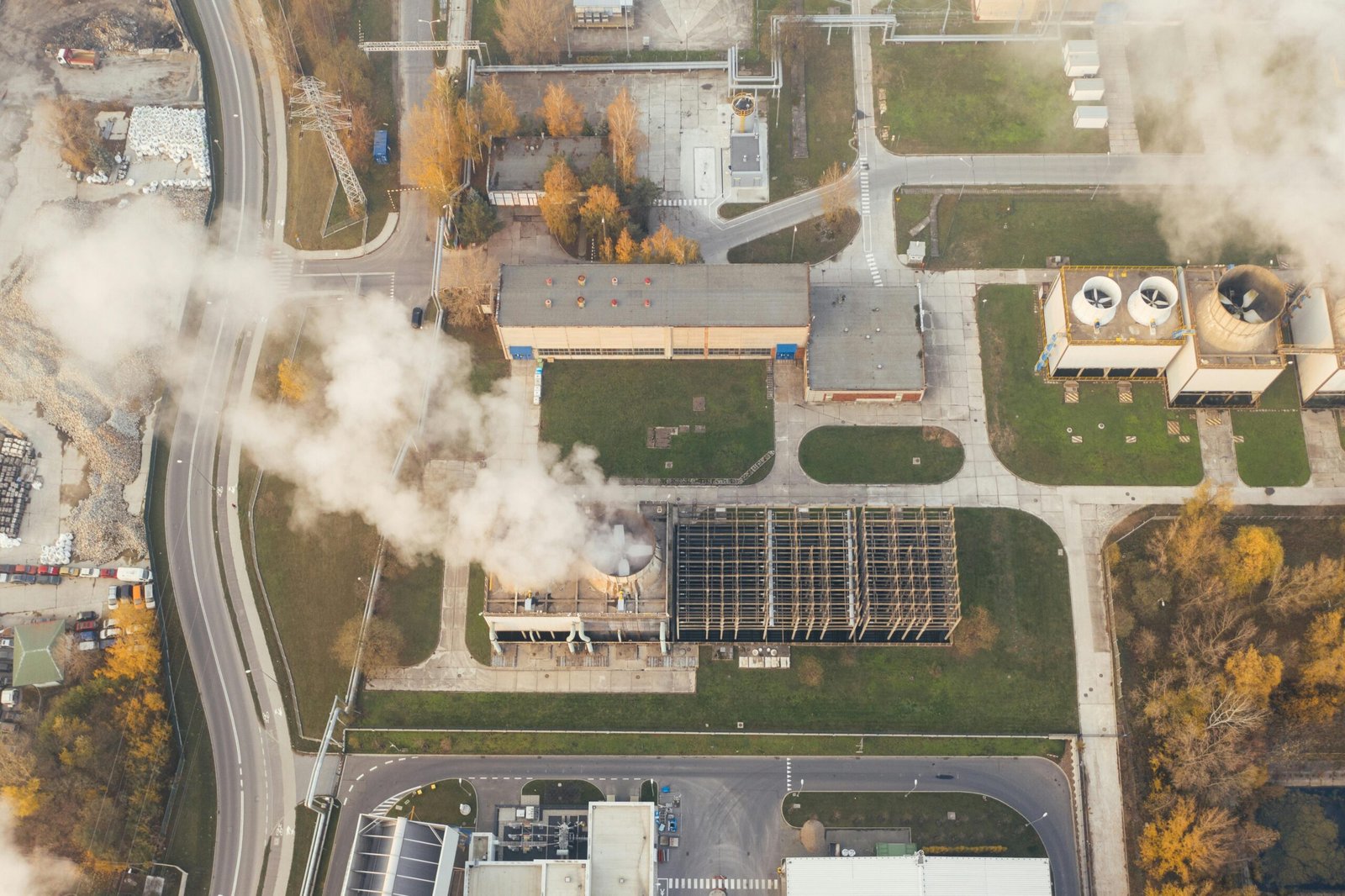What is Carbon Monoxide?
Carbon monoxide (CO) is a colorless, odorless, and tasteless gas that can be deadly when inhaled in large amounts. It is produced when fuels such as natural gas, propane, wood, oil, and coal do not burn completely. Because it is invisible and undetectable without special equipment, carbon monoxide is often called the “silent killer.”
Common Sources of Carbon Monoxide in Homes
Several household appliances and systems can produce carbon monoxide, including:
- Furnaces and boilers
- Gas stoves and ovens
- Fireplaces and wood stoves
- Water heaters
- Generators
- Clothes dryers
- Vehicles left running in an attached garage
- Blocked chimney or venting systems
Proper installation, maintenance, and ventilation are crucial in preventing carbon monoxide buildup in your home.
The Dangers of Carbon Monoxide Exposure
Carbon monoxide poisoning occurs when CO gas builds up in enclosed or poorly ventilated spaces, leading to serious health issues or even death. When inhaled, carbon monoxide replaces oxygen in the bloodstream, depriving vital organs of oxygen. Symptoms of CO poisoning include:
- Headache
- Dizziness
- Nausea and vomiting
- Shortness of breath
- Confusion
- Loss of consciousness
Prolonged exposure can lead to brain damage, heart problems, or fatalities. Infants, the elderly, and individuals with respiratory or cardiovascular conditions are particularly vulnerable.
How to Prevent Carbon Monoxide Poisoning
Ensuring your home and HVAC system are safe from carbon monoxide requires a combination of proper maintenance, monitoring, and awareness. Here are some key steps:
1. Install Carbon Monoxide Detectors
- Place CO detectors on every level of your home and outside sleeping areas.
- Test detectors monthly and replace batteries regularly.
- Choose detectors with a digital display for real-time CO level monitoring.
2. Schedule Regular HVAC Maintenance
- Have your heating system, water heater, and other fuel-burning appliances inspected annually by a professional HVAC technician.
- Ensure that furnaces and boilers are properly vented and in good working condition.
3. Ensure Proper Ventilation
- Keep flues and chimneys clear of debris, nests, or obstructions.
- Never block air intake or exhaust vents.
- Use appliances only as intended, avoiding the use of outdoor equipment indoors (e.g., grills, portable generators).
4. Be Cautious with Gas-Powered Equipment
- Never run a vehicle inside an attached garage, even with the door open.
- Keep generators at least 20 feet away from windows, doors, and vents.
- Avoid using gas stoves for heating your home.
Professional Carbon Monoxide Inspections
Our HVAC professionals offer thorough carbon monoxide inspections to ensure your home remains safe. During an inspection, we:
- Check for leaks in your furnace and water heater exhaust systems.
- Inspect and clean chimneys and vents.
- Test CO levels in your home and provide recommendations.
What to Do If Your CO Detector Goes Off
If your carbon monoxide detector sounds an alarm:
- Leave your home immediately and call emergency services.
- Do not re-enter until it has been deemed safe.
- Seek medical attention if you experience symptoms of CO poisoning.
- Contact an HVAC professional to inspect and repair any issues.






